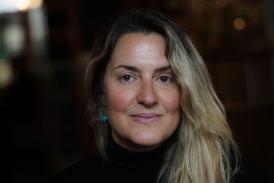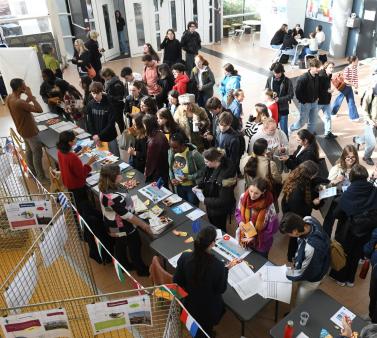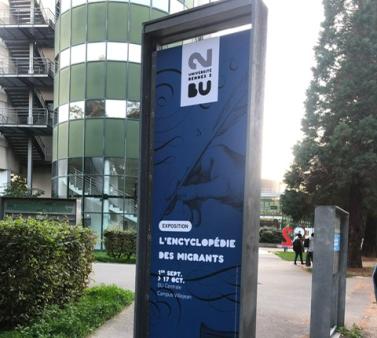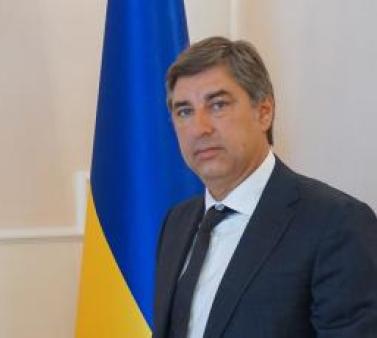
Photo of Professor Ana Guglielmucci
Interview with Guest Professor: Ana Guglielmucci
A Scholar at the Intersection of Memory and Activism
Ana Guglielmucci is a Senior Lecturer of the Anthropology Program at the School of Human Sciences of the Universidad del Rosario (UR) and Adjunct researcher at CONICET (UBA-ICA). She is also a member of the CLACSO Working Group “Collective memories and resistance practices”. Her research interests focus on political activism and public policies of human rights and memory in Argentina, Colombia and Chile. She is currently investigating how artistic practices exhibit the marks and effects of the war in Colombia.
What was the main goal of your visit?
My primary goal was to contribute to the Experimenting with Citizenships in the Americas (ECsAMS) project, focusing on hostile heritage and the transgenerational transmission of difficult legacies. Additionally, I participated in conferences and lectures while engaging in discussions to plan future research collaborations.
How did this collaboration come about?
The invitation was facilitated through the Americas Chair and the Interlanguage Research Team: Memories, Identities, Territories (ERIMIT). Professors Jimena Obregon and Andres Castro Roldan played a significant role in this process. Having previously collaborated with them as part of a doctoral supervision committee for Noemi Fablet, I was eager to expand these academic exchanges.
What academic activities did you take part in?
I was involved in multiple academic events during my stay, including:
- International Study Day: Museums and Memory Sites in Argentina and Colombia - The Political Management of the Recent Past.
- Doctoral workshop: Modes of Seeing War - The Ethnographic Turn in Contemporary Colombian Art.
- Conference on Memory and Violence: Investigating Memory Sites from an Anthropological Perspective.
- Social Sciences Methodology seminar: Memories in Transitional Political Contexts - Fieldwork with Former Political-Revolutionary Activists in Argentina.
- Open Lecture for Spanish foreign and regional languages, literature and civilizations (LLCR) Bachelor’s degree students: Animals, Plants, and Humans in Colombia: The Repertoires of War-Related Affects from an Artistic Perspective.
How does your research align with projects at Rennes 2?
My work focuses on political activism, human rights policies and artistic representations of conflict and memory in Latin America. At Rennes 2, I collaborated with the ERIMIT research team and participated in a study day on plural citizenship and the patrimonialization processes in the Americas. Additionally, I had the pleasure of meeting other researchers such as Patricia Legris, Associate Professor of Contemporary History at Rennes 2 and Nadia Tahir, Senior Lecturer in Hispano-American Studies from the University of Caen Normandie and with whom we are planning to co-author an article on memory sites in Argentina.
Do you see potential for future research collaborations?
Yes, there is significant potential for collaboration between the Universidad del Rosario and Rennes 2. We share academic interests in identities, memory, and artistic practices. Strengthening our inter-university agreement through increased faculty and student mobility, joint research projects, and a binational publication series could be key steps forward.
How would you describe your overall experience at Rennes 2?
The university provides an ideal setting for academic work, whether preparing lectures, writing papers, or engaging in discussions with fellow researchers. The intellectual atmosphere is vibrant, and the facilities are excellent.
What would you say to students or colleagues considering a visit to Rennes 2?
I would highly recommend it. The academic environment is stimulating, the resources are well-equipped, and the city itself is dynamic and culturally rich—an excellent place for study and research.
Although her visit has concluded, Ana Guglielmucci’s time at Rennes 2 opened new avenues for collaboration. With shared research interests and a strong foundation for intellectual exchange, her work continues to bridge discussions on memory, violence and artistic expression across continents.




